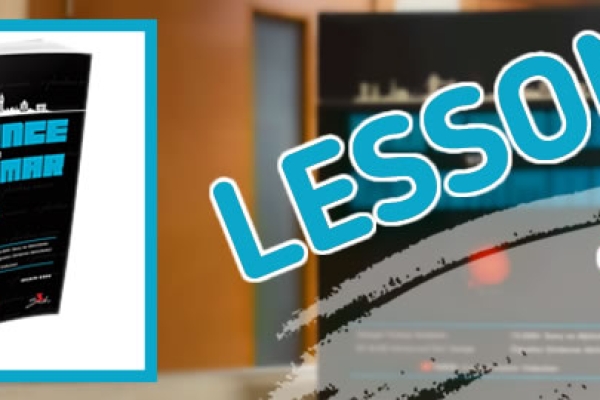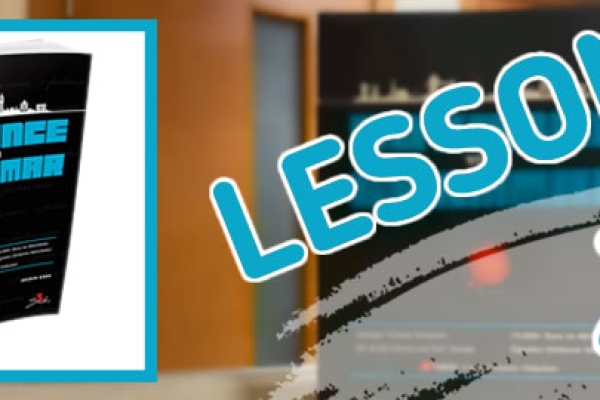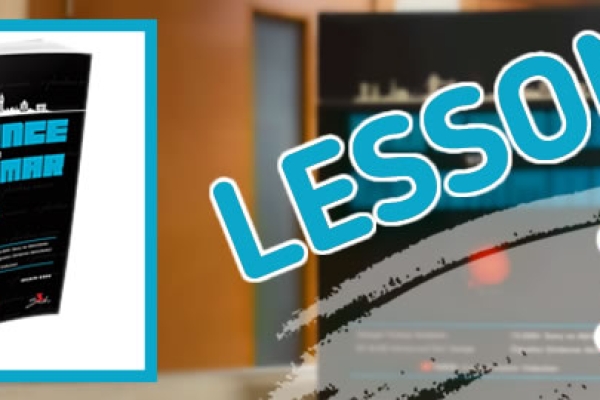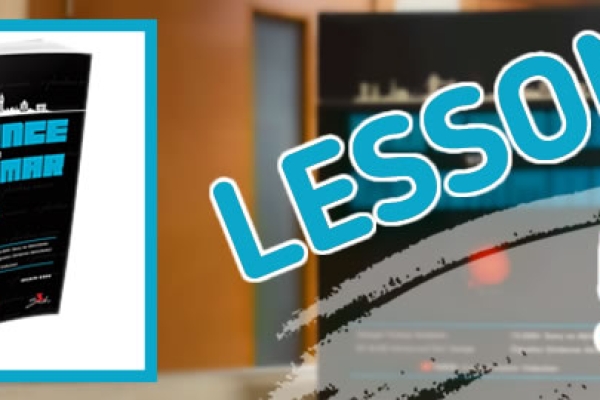Summary Comparison: Inversions with Negative Words and Phrases (Part 2)
In English, inversion is a grammatical structure where the normal word order is reversed, typically for emphasis or in formal contexts. When negative words or phrases appear at the beginning of a sentence, inversion is often required. These negative phrases can be complex, and using inversion helps make the sentence more formal, emphatic, or stylistically varied.
Let's explore how certain negative words and phrases lead to inversion, particularly with structures like "not only... but also," "at no time," "in no way," "little," "rarely," "seldom," "on no account," and "under no circumstances."
1. Not Only... But Also
This structure is used to emphasize two ideas or actions. When "not only" begins the sentence, inversion is required for both clauses that follow.
Example:
-
Direct sentence: She not only speaks English, but she also speaks French.
-
With inversion: Not only does she speak English, but she also speaks French.
Explanation: When not only begins the sentence, the auxiliary verb does is used before the subject she in the first clause, creating an inversion.
2. At No Time / In No Way / On No Account / Under No Circumstances
These negative phrases require inversion when they appear at the beginning of a sentence. These structures emphasize the idea that something is completely impossible or untrue in a specific situation.
Examples:
-
At no time should you leave the premises unattended.
-
In no way can we accept this kind of behavior.
-
On no account should you speak to the media about this matter.
-
Under no circumstances will I approve that proposal.
Explanation: In these examples, the negative phrase (such as at no time) is followed by the auxiliary verb (such as should) before the subject, creating an inversion to add emphasis or formality.
3. Little
When little is used at the beginning of a sentence to express a negative meaning (indicating something happens rarely or with little quantity), inversion is used.
Example:
-
Direct sentence: She little expected such a response from him.
-
With inversion: Little did she expect such a response from him.
Explanation: The auxiliary verb did is used before the subject she when little begins the sentence, which is a common inversion pattern for this structure.
4. Rarely / Seldom
When rarely or seldom appear at the start of a sentence, inversion is required. These adverbs indicate that the action described is uncommon or happens infrequently.
Examples:
-
Rarely have I seen such a beautiful painting.
-
Seldom do they go on vacation.
Explanation: In both examples, have and do precede the subjects I and they, respectively, forming an inversion to emphasize the rarity of the action.
General Inversion Structure with Negative Phrases
In English, when negative words like not only, at no time, in no way, rarely, or little are placed at the start of a sentence, inversion requires that the auxiliary verb (like do, have, should) precedes the subject. This construction emphasizes the negation or rarity of the event, making the statement more formal and emphatic.








